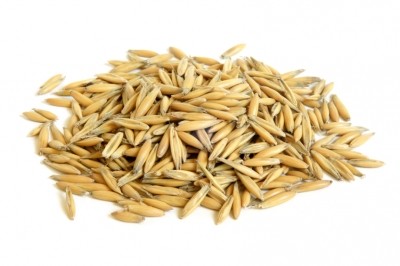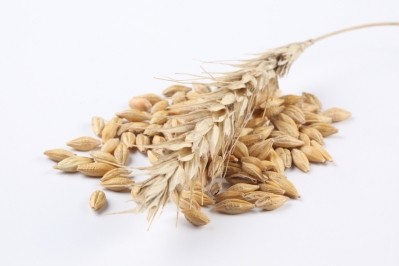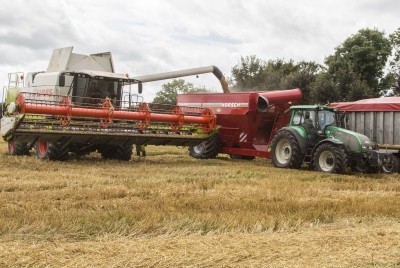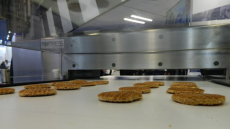Oat processing needs a re-think, says Campden BRI
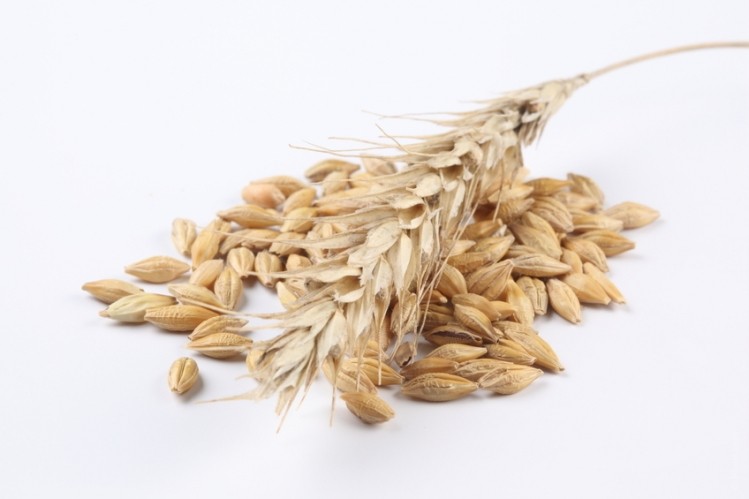
Oat production across Europe was up for the 2013/14 harvest, with tonnage up 30% in the UK alone. But Gary Tucker, head of baking and cereals processing at Campden BRI, said the sector needed to take a closer look at processing to secure future success.
Tucker said traditional bulk heat treatment of oats could damage the vitamin content and also opened up contamination risks.
“Wheat comes out very well compared to oats for vitamin content. I thought it would be the other way round. What we think the reason is that the heat treatment is damaging a lot of those ingredients,” he said in a presentation at last month’s Fi Bakery Innovation Europe conference.
The process was also very long, he said, which gave room for contamination or even re-contamination between steps.
He said that processing oats differently could protect the nutritional profile, improve flavor, color and texture and significantly reduce contamination risks.
Bulk makes no sense: Catch up with nuts and seeds
Traditionally, oats undergo a two-step treatment process –a heat treatment in a large kiln followed by a slower steaming treatment.
The main aims of oat processing was to inactivate enzymes that could cause rancidity, develop an appealing flavor, color and texture, process the grains into a condition so they can be flaked and kill microorganisms, he explained.
“Some of the concerns about the heat treatment in the kiln are based on how long each grain of oat spends in the kiln. We know based on oat processing members that there are regions of the kilns where the oats can stay for many hours. There are also some kilns where there are areas of mold growth,” he said.
Tucker said oat processors should follow nuts and seeds – a sector that had made a widespread shift to continuous processing technologies like continuous flow, agitated vessels or screw-fed cycling.
Continuous processing for improved oats
Tucker used Revtech’s continuous flow method as an example of “a very ingenious system”. The coiled tubes vibrated as steam and hot air were pumped in, then the heat-treated product went to the bottom of the cooler and was vibrated upwards within the unit. The machine was compact and processed several tons of oats each hour, quickly and efficiently, he said.
Buhler also had a couple of interesting methods, he said, that used agitators to mix the oats in a controlled condensation process that gave a very rapid treatment. It was these shorter resident times that meant the vitamins and nutrients in the oats would not be damaged, Tucker explained.
“I quite like this ‘just in time’ idea. Rather than process oats in bulk and store them, if you have an order, why not just process them then and there? It’s used in the food industry a lot, for example with yogurt. Oat processors could do this type of operation,” he said.
“Oats is such a beneficial product. There’s a lot of money in this if processor can get this right.”
